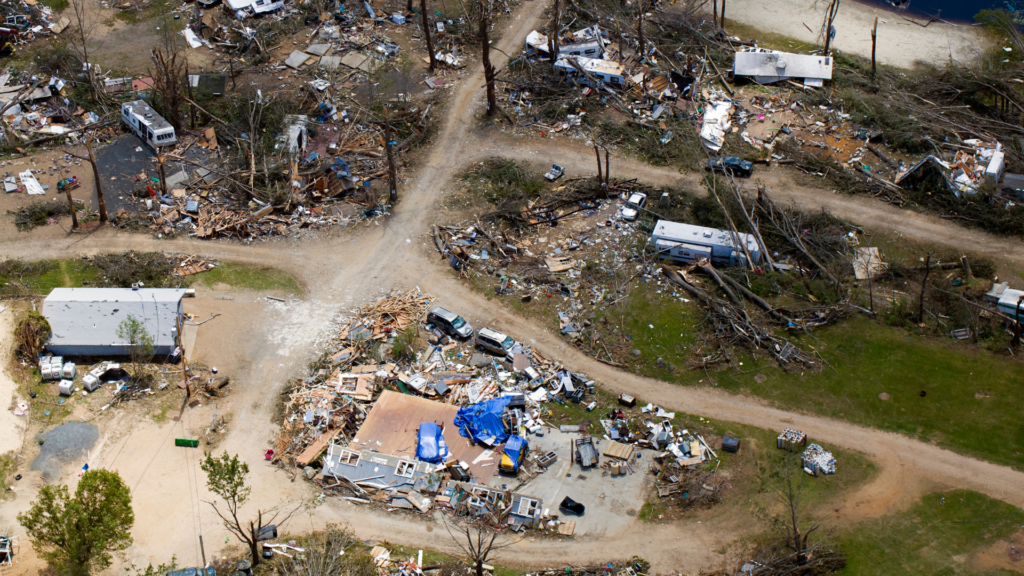It is common for U.S. citizens to divide the country into “natural disaster zones”. Each state falls into hurricane territory, blizzard territory, tornado territory, etc. Of course, this stereotype often makes people think that there is never any crossover between territories. After all, tornadoes are only in the Midwest, right? Wrong! Here’s everything you need to know about spring tornadoes in Florida.
How Often Do Tornadoes Occur in Florida?
Most people think of Florida as the queen of hurricanes and never stop to consider the danger of tornadoes. In truth, tornadoes are an extremely common occurrence in Florida, especially during the springtime. Most people just don’t think about them because the hurricanes typically get the most news coverage.
Unfortunately, it is the looked-over storms that often catch people off guard with the damage they can do. Even though Florida’s tornadoes are fairly weak in comparison to their hurricanes, they should still be taken seriously. It is estimated that Florida averages 49 tornadoes per year, which is more tornadoes per 10,000 square feet than any other state.
Staying Safe from Spring Tornadoes in Florida
So, how can you remain both aware of and safe from spring tornadoes in Florida? The key is preparing your home ahead of time. Of course, your home needs protection from every type of storm, hurricanes included. To help prevent storm damage and improve your peace of mind, take the following steps.
1. Know what to do in the event of a tornado warning.
Whereas the water is the biggest threat during a hurricane, the wind is the biggest threat during a tornado. You must get on the lowest level of whatever building you are in during a tornado warning. Get in a basement or cellar if possible, and avoid windows. The high winds of tornadoes can knock out the glass and blow debris into the building.
The most important thing is that you and your family develop a course of action in the event of a spring tornado.
2. Take pictures of your home at the beginning of each season.
No matter where you live, constantly updating your photos of your home ensures less of a struggle with your insurance provider later. If you know a tornado is coming, take pictures of every room (including the insides of drawers and closets). Then, take more pictures once the storm has passed.
3. Bolt down outside furniture.
Again, the wind can do a lot of damage. To prevent furniture from flying toward your home and breaking windows, take the time to bolt loose items to the ground. If you don’t want to make your lawn chair permanent, you can also bring them inside before the tornado hits.
4. Lock valuable belongings in a safe.
Your personal belongings are less likely to be damaged by a tornado than by a hurricane. However, it never hurts to lock important documents and family heirlooms in a sturdy, watertight safe.
5. Know who to call for a storm damage evaluation.
Whether you are dealing with tornado damage or hurricane damage, you need to know who to call. A professional storm damage assessor helps you evaluate the damage and handle insurance affairs.
What is Our Mission?
Disaster Management Recovery Group is here to assess your storm damage and determine the next step. If you need a roofing evaluation or have suffered exterior damage due to storms or other natural disasters, contact us and schedule a storm damage evaluation and start on the road to recovery.


